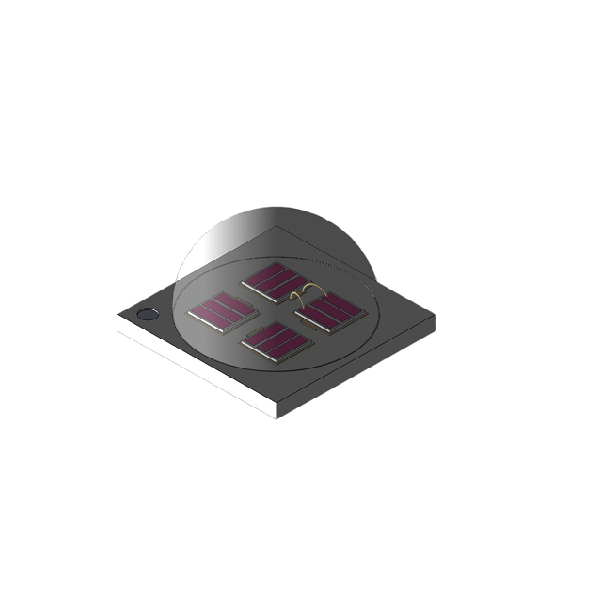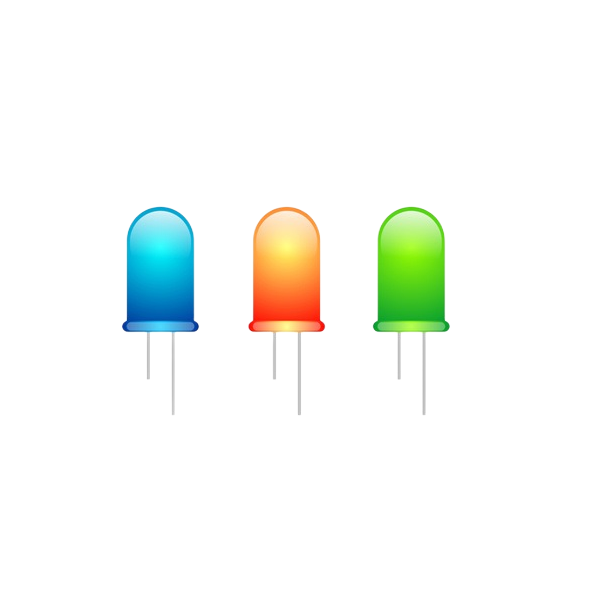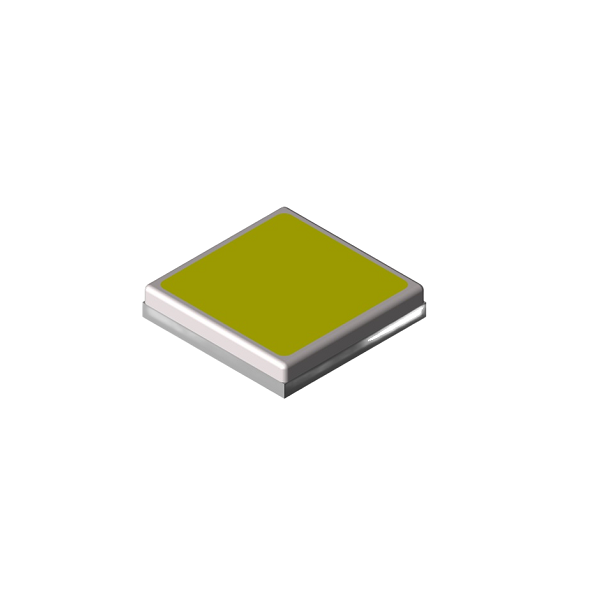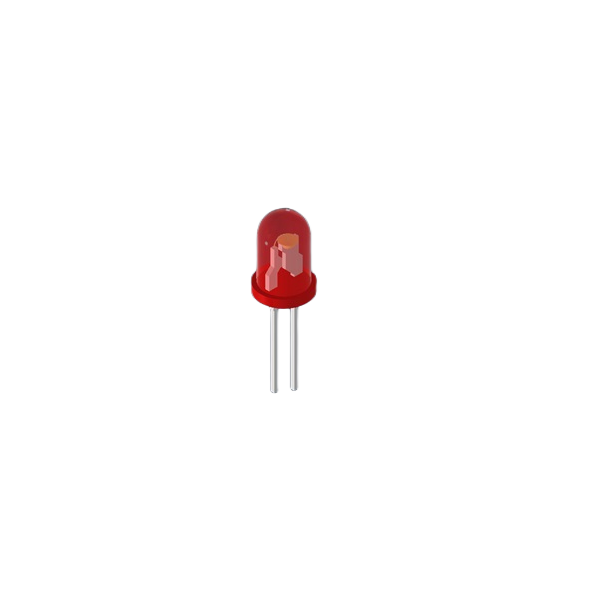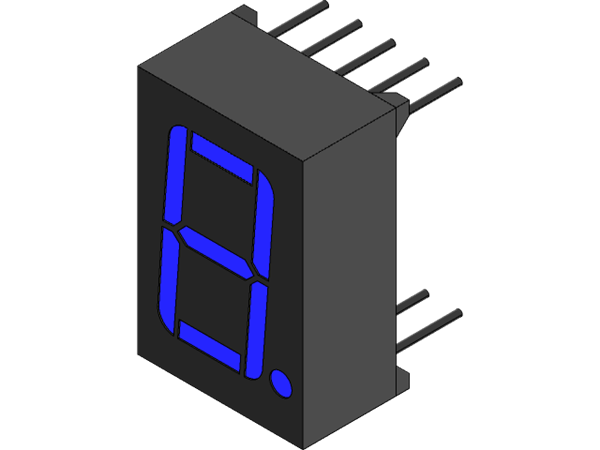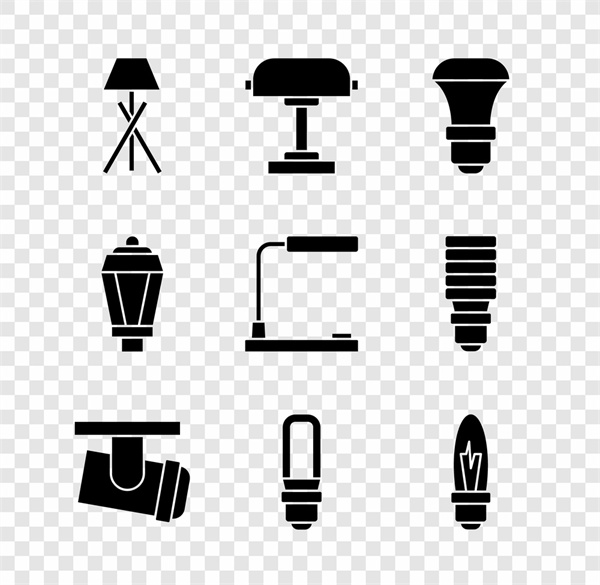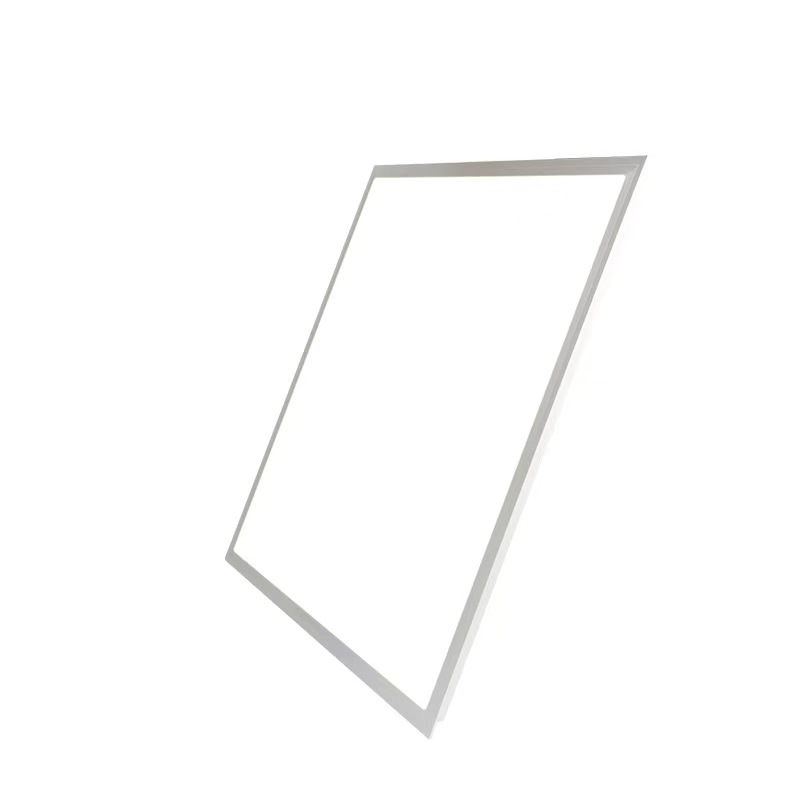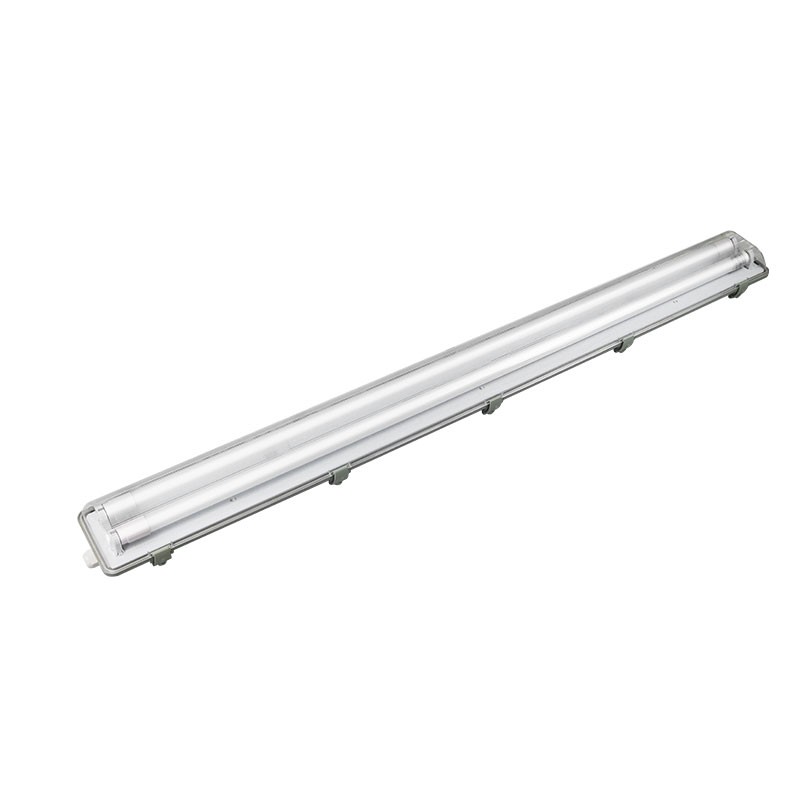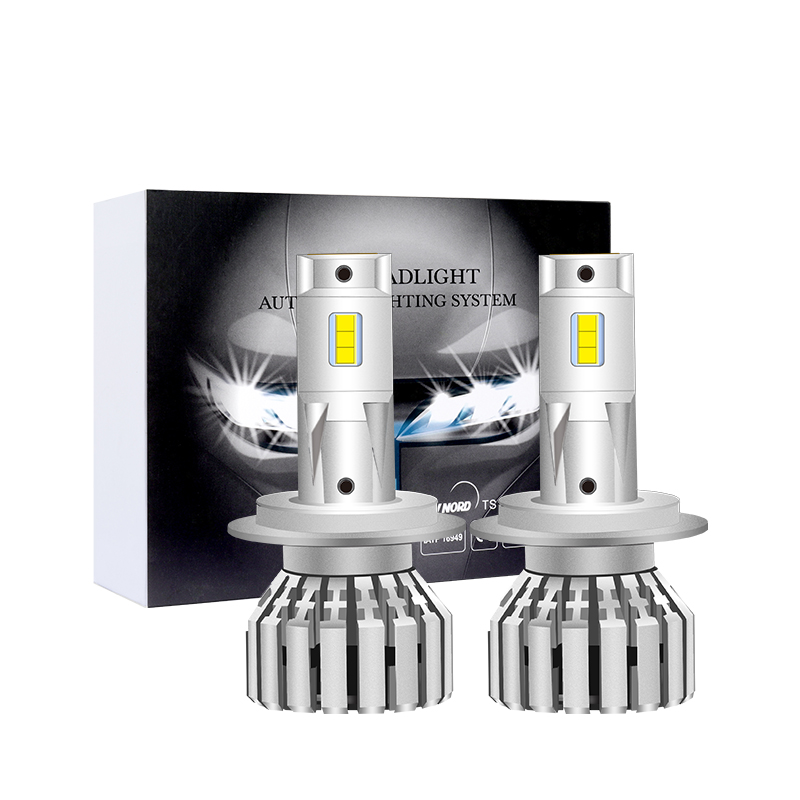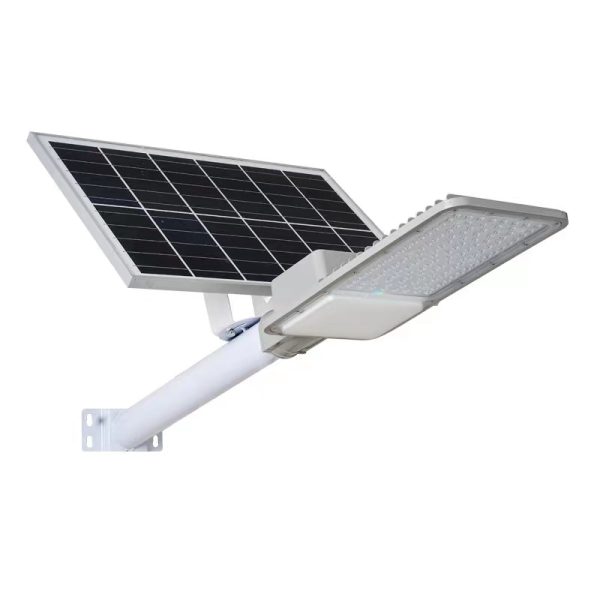led light measurement
LED lighting and light color measurement led light measurement
Abstract: Solid-state lighting is the leading direction of future lighting, and LED lighting is the main component of solid-state lighting, which is an ideal next-generation lighting device. The development of the LED industry is inseparable from light and color measurement technology. Starting from the development requirements of LED lighting, the article introduces the light color measurement of LED lighting.
Key words: LED lighting; light color measurement; lighting evaluation;
1 Introduction
Light-emitting diode (LED), as an emerging illuminant, has the advantages of high electro-optic efficiency, small size, long life, low voltage, energy saving and environmental protection, etc., and is the preferred device for the new generation of lighting. The development of LED has been widely concerned at home and abroad, and new products and new technologies emerge in an endless stream. In recent years, the LED industry has developed rapidly, with increasing light efficiency and brightness. Today, LEDs have been widely used in many occasions, especially the continuous progress of white LED technology, making its application in the field of lighting gradually popular.
- Working principle of LED
Light-emitting diode (LED) is a solid device that can convert electrical energy into light energy. Its structure is mainly composed of PN junction chips, electrodes and optical systems. The basic working principle of LED is a process of electro-optical conversion. When a forward bias voltage is applied to both ends of the PN junction, due to the reduction of the PN junction potential barrier, the positive charges in the P region will diffuse to the N region, and the electrons in the N region will also flow to the N region. The P region diffuses, forming a non-equilibrium charge accumulation in the two regions at the same time. Because the minority carriers generated by current injection are relatively unstable, for the PN junction system, the non-equilibrium holes injected into the valence band will recombine with the electrons in the conduction band, and the excess energy will radiate outward in the form of light. The greater the energy difference between electrons and holes, the higher the energy of the resulting photon. If the energy level difference is different, the frequency and wavelength of the light produced will be different, and the color of the corresponding light will be different.
- Light parameters of LED
3.1 Luminous flux
Luminous flux is the amount of light emitted by a light source per unit time, that is, the effective equivalent of the radiant power (or radiant flux) that can be felt by the human visual system. The symbol of luminous flux is Φ, and the unit is lumen (Lm).
According to the spectral radiant flux Φ (λ), the luminous flux can be determined by the following formula:
Φ=Km Φ(λ)gV(λ)dλ
In the formula, V(λ)—relative spectral luminous efficiency;
Km—the maximum value of the spectral luminous efficacy of radiation, the unit is Lm/W. In 1977, the Km value was determined by the International Committee of Weights and Measures to be 683Lm/W (λm=555nm).
3.2 Light intensity
The luminous intensity I of a light source in a given direction is the quotient of the luminous flux dΦ transmitted by the light source in the solid angle element of this direction divided by the solid angle element dΩ, that is:
I=■
The unit of luminous intensity is candela (cd), 1cd=1Lm/1sr. The sum of light intensities in all directions in space is the luminous flux.
3.3 Brightness
The luminance L at a certain point on the light-emitting surface of the light source is the quotient of the luminous intensity of the surface element dS in a given direction divided by the orthographic area of the surface element on a plane perpendicular to the given direction, namely:
L=■
The unit is candela per square meter (cd/m2).
When the light-emitting surface is perpendicular to the measurement direction, then cosθ=1. 3.4 Illumination
The illuminance E of a point on the surface is the quotient of the luminous flux dΦ incident on the surface element containing the point divided by the area dS of the surface element. Right now:
E=■
The unit is lux (Lx), 1Lx=1Lm/m2.
3.5 Other parameters
The light parameters of LEDs also include: spectrum, chromaticity coordinates, dominant wavelength and color purity, color temperature and correlated color temperature, color rendering and color rendering index, etc.
4 Necessity of LED light color measurement
4.1 Avoiding Hazards
LED is different from traditional lighting, it has the characteristics of point light source, high brightness, narrow beam output and so on. When LEDs are used in lighting fixtures, strong glare will be produced if the light emitting angle is not strictly controlled, and some high-brightness LED products may even cause light radiation hazards to the human body. Photochromic measurement can provide guidance for the safe use of LEDs.
4.2 Promote the development of LED industry
The light and color measurement of LED can provide a large amount of experimental data, which can be used as a standard for judging whether LED products are qualified or not, and can provide a basis for improving the design and manufacture of LEDs.
5 LED light color measurement method
5.1 Measurement of luminous flux
5.1.1 Integral method
Measure the light intensity of the LED in all directions, and then calculate these light intensity values to obtain the total luminous flux of the LED (as shown in Figure 3).
5.1.2 Integrating sphere method
Integrating sphere, also known as luminous flux sphere, is a hollow complete spherical shell. The inner wall is coated with a white diffuse reflection layer, and each point on the inner wall of the ball diffuses evenly. The illuminance produced by the light source at any point on the wall of the sphere is superimposed by the illuminance produced by multiple reflected lights. According to the principle of integral theory, the illuminance at any point on the spherical surface is proportional to the luminous flux of the light source, so the luminous flux of the measured lamp can be obtained by comparing the standard lamp with known luminous flux with the measured lamp.
However, due to the difference in physical structure and properties (such as absorption) between the standard lamp and the tested lamp, it is necessary to correct the test results when using the integrating sphere method to test the luminous flux, and the auxiliary lamp method can be used.
5.1.32π solid angle luminous flux test
There is also a test structure when using the integrating sphere method to test the LED luminous flux, which is called the test of the front luminous flux or the 2π solid angle luminous flux. This test does not test the total luminous flux of the LED, but it is often confused with testing the total luminous flux of the LED.
5.2 Light intensity measurement
For the test of LED light intensity, CIE-127 stipulates two test conditions.
5.3 Brightness
The test of LED brightness is usually used in the process of testing the brightness of LED chips and evaluating the safety of LED light radiation. The test generally adopts the imaging method, and the test of the chip can be measured by microscopic imaging.
5.4 Illuminance measurement Strictly speaking, illuminance is not actually an optical parameter of LEDs. Illuminance is an optical quantity that indicates the degree of illumination of the illuminated surface, and it is not meaningful to test the illuminance of a single LED on a certain point or surface, because generally Under normal circumstances, the lighting of the actual occasion is jointly completed by multiple LEDs.
5.5 Measurement of other parameters
Other parameters such as chromaticity coordinates, dominant wavelength and color purity, color temperature and correlated color temperature, color rendering and color rendering index can be tested with a correlation colorimeter or a spectrometer.
6 LED optical radiation safety test and evaluation
In recent years, the light radiation safety of LEDs has received more and more attention, so this article also makes a brief introduction to it.
Zhejiang University Sanse Instrument Co., Ltd. first carried out the research on optical radiation safety testing in China, and jointly drafted the national standard for photobiological safety of incoherent light sources with the National Electric Light Source Testing Center. At present, Zhejiang University Tricolor has made new progress in LED light radiation safety testing. It has carried out lighting LED testing for Philips and completed the research and completion of LED radiation safety testing system with China’s independent intellectual property rights. The following is an introduction to the process of LED light radiation safety testing and evaluation based on our test examples.
6.1 Measured white light LED
6.1.1 LED working conditions
Lamp current 0.417A, voltage 12V DC, power 5w.
6.1.2 Physical map and spectral distribution
6.2 Test of apparent light source
As shown in Figure 9, we used the apparent light source test system to test the white LED. These 9 pictures are the apparent light source images taken at intervals of 10° in the directions of 0° (directly facing) and 90°. Theoretically, we should test and evaluate light safety according to each direction, but for the sake of simplicity, this article only tests and evaluates the situation in the 0° direction (because the light output in this direction is the strongest), other angles can be analogized by analogy. The apparent light source size in the 0° direction is a circular spot with a diameter of 2.5 cm.
6.3 Test conditions 1
According to the requirements of IEC-60825, the test shall be carried out according to the test condition 1 first. The white LED exit hole is 2m away from the light receiving port, and the diameter of the light receiving port is 50mm.
Analysis of test results:
Type 1 AEL calculation
Photochemical hazards at 400-600nm: not exceeding the specified AEL
400-700nm thermal hazard: not exceeding the specified AEL
AEL of 700-1400nm: does not exceed the specified AEL
Conclusion: The light radiation output of the white LED measured under test condition 1 does not exceed the AEL regulations for Class 1 laser products.
6.4 Test conditions 2
The light exit hole of the white LED is 100m away from the light receiving port, and the diameter of the light receiving port is 7mm.
Analysis of test results:
(1) Type 1 AEL calculation
Photochemical hazard AEL at 400-600nm: exceeding the specified AEL
Conclusion: The white light LED exceeds the AEL regulations for photochemical hazards of Class 1 laser products, and does not belong to Class 1 products.
(2) Calculation of Type 2 AEL
AEL of 400 ~ 700nm: does not exceed the specified AEL
AEL of 700 ~ 1400nm: not exceeding the specified AEL
Conclusion: The white LED under test condition 2 does not exceed the AEL regulations for Class 2 laser products.
6.5 Irradiance or radiance test conditions
In the above test process, the test structure of test condition 2 is the same as that of irradiance or radiance test conditions, and the 1M category AEL refers to the regulations of 1 category AEL, so it can be seen from the above analysis that the light radiation output of this white LED exceeds the 1M category AEL .
6.6 Conclusion
Based on the above analysis, it can be seen that the tested white light LED product belongs to the category 2 LED products, and looking directly at the LED for a long time will damage the human retina. However, under normal circumstances, since the human eye has a natural avoidance response such as blinking, it will not cause damage to the human eye.
Through the above introduction, we can see that the testing and evaluation of LED optical radiation safety is a very complicated process involving many aspects. However, the testing and evaluation of LED optical radiation safety has gradually become an indispensable content in LED product testing. test. Therefore, we should increase research investment in this field.
- LED light color measurement and lighting evaluation
The ultimate goal of LED lighting is to obtain the best lighting effect, and judging the quality of the lighting effect depends on the light color measurement of the LED.
7.1 Evaluation of current lighting
The current lighting evaluation is mainly based on several main optical basic quantities: luminous flux, luminous brightness, light intensity and illuminance, among which the first three basic quantities are mainly used for the evaluation of the light source, and the illuminance is the evaluation of the light radiation action surface of the light source.
These basic optical quantities are obtained based on the biophysical characteristics of the human eye, and are also the result of a weighted integral of the spectral luminous efficiency function V(λ) and the corresponding radiance measure approved by the International Commission on Illumination (CIE), satisfying the following relationship:
Photometric (λ) = KmgV (λ) radiometric (λ), Km—683 Lm/W.
7.2 Existing problems and deficiencies
The biophysical mechanism of the human eye is very complex, and the response to light stimuli is different in different situations. It can be roughly divided into photopic vision, scotopic vision, and intermediate vision. Among them, intermediate vision is particularly complicated, so the above-mentioned spectral luminous efficiency is not accurate. accurately represent the actual effect of lighting. As shown in Figure 10, the same light source has significantly different stimulation values to human eyes under photopic and scotopic vision. In addition, the current domestic lighting evaluation lacks the consideration of photobiological safety, which may cause different degrees of harm to the human body.
7.3 Solutions
7.3.1 Test methods and instruments
The spectral distribution of the LED is measured by the full spectrum method, and then the spectrometer is used for spectroscopic testing.
7.3.2 Evaluation method
(1) Lighting effect According to different visual conditions, different spectral luminous efficiency functions are used to weight the LED spectral distribution data to obtain the actual lighting effect of the light radiation of the measured light source under corresponding visual conditions. For example, the scotopic spectral luminous efficiency function is used for scotopic vision, the photopic spectral luminous efficiency function is used for photopic vision, and the mesopic spectral luminous efficiency function is used for mesopic vision.
(2) Photobiological safety
According to the type of hazard, use the corresponding effect function to weight the LED spectral distribution data to obtain the actual hazard effect
In short, the evaluation of LED lighting should be in line with the actual biophysical needs of the human body.
8 Summary and Outlook
(1) The development of the LED industry is inseparable from the light and color measurement technology of LEDs. In order to adapt to the application of LED lighting, there should be new breakthroughs in the light and color measurement technology in the future.
(2) LED lighting and light color measurement should be people-oriented, and everything is oriented to meet the actual requirements of human beings.
(3) Current tasks:
①Strengthen research on basic biological theories related to the human body, and promote cross-disciplinary cooperation;
② In line with international standards, speed up the formulation and implementation of normative documents, and actively participate in the activities of internationally renowned organizations such as CIE and IEC;
③Increase investment in scientific research and develop light and color measuring instruments with independent intellectual property rights;
④Strengthen the research of various testing technologies, train professional testing personnel, and accelerate the improvement of the equipment level and testing capabilities of quality inspection institutions.


